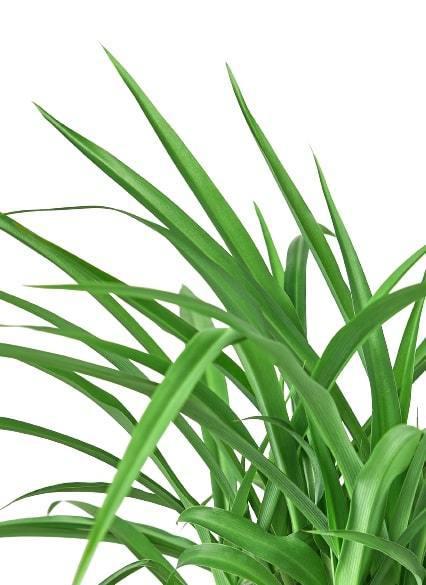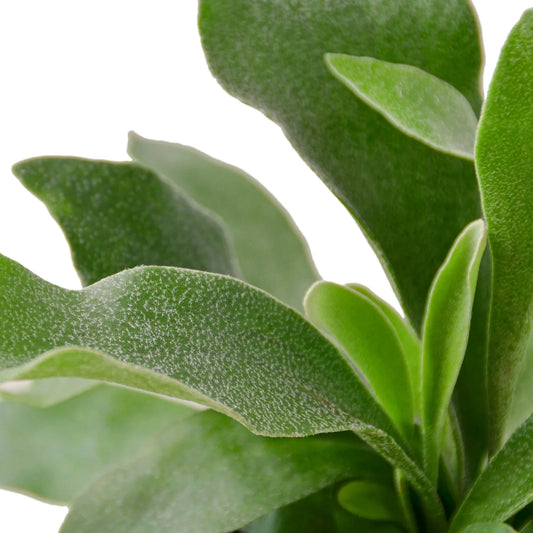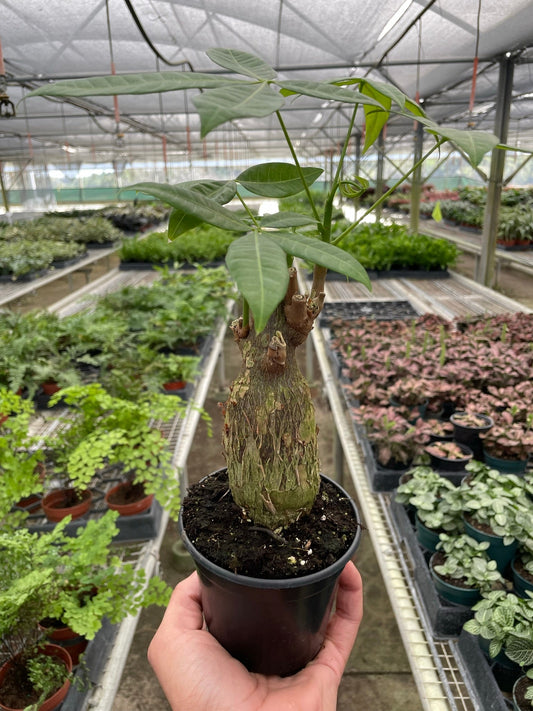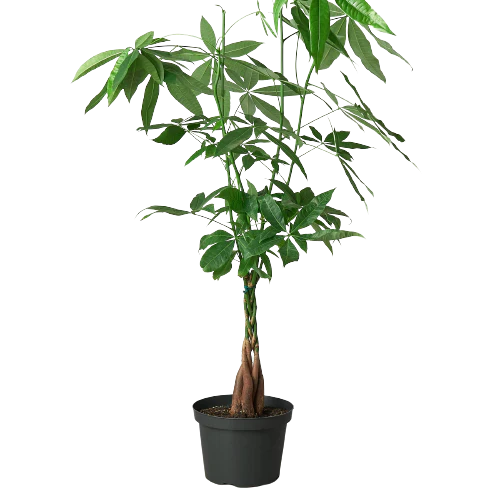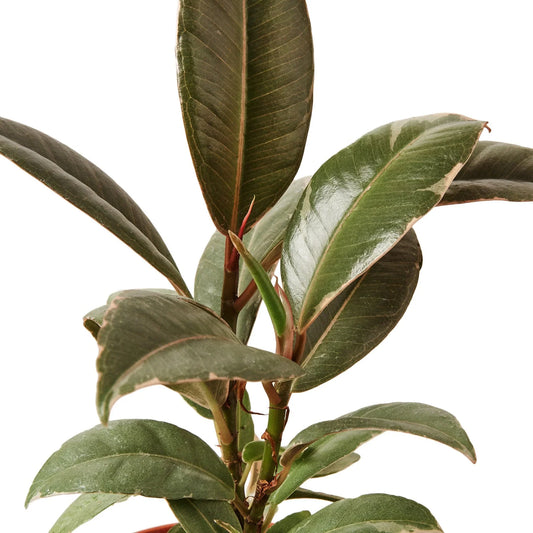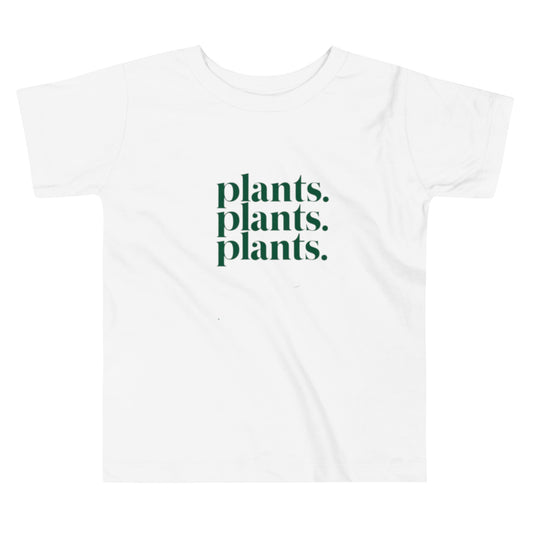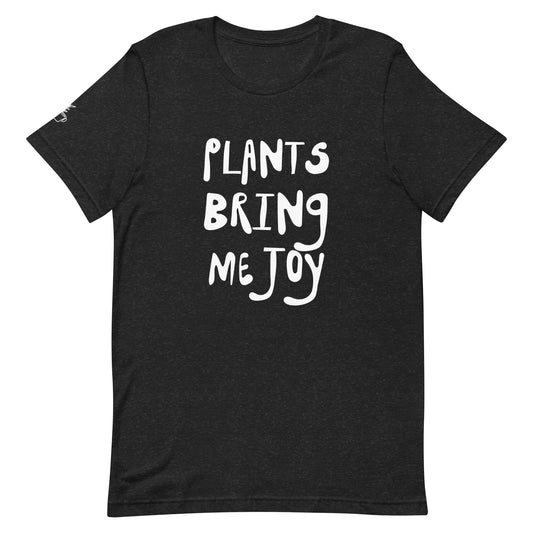Black Gem Aloe Roots: Everything You Need To Know
Cafe Planta Team
Have you ever found yourself mesmerized by the dark, mysterious allure of the Black Gem Aloe? This striking plant, also known as Aloe 'Black Gem', is a real showstopper with its glossy, deep green leaves that sometimes appear nearly black in the right lighting. But there's more to this plant than meets the eye. Its roots play a crucial role in its overall health and beauty, and understanding them can help you keep your Black Gem Aloe thriving.
In this article, we're going to explore everything you need to know about Black Gem Aloe roots. From how they contribute to the plant's well-being to the best practices for care and maintenance, we've got you covered. So, let's dig in and discover the secrets of keeping your Black Gem Aloe happy and healthy!
The Role of Black Gem Aloe Roots
Black Gem Aloe roots are much more than just the unseen support system of the plant. They are vital for nutrient absorption, water uptake, and overall stability. Just like any other succulent, the roots store water, allowing the plant to survive in arid conditions. This makes them quite resilient, but they still need proper care to function efficiently.
Interestingly enough, the roots of the Black Gem Aloe are adapted to thrive in well-draining soil. This means they prefer a dry environment over a soggy one. Overwatering can lead to root rot, a common ailment for many succulents. So, it’s important to let the soil dry out between waterings to keep those roots healthy.
Additionally, the roots anchor the plant in its pot, providing stability. This is especially important for the Black Gem Aloe, which can grow quite top-heavy. Ensuring the roots have a firm grip in the soil helps prevent your plant from tipping over and getting damaged.
Choosing the Right Soil for Your Black Gem Aloe
When it comes to soil selection, the Black Gem Aloe isn't too picky, but it does have its preferences. The goal is to mimic its natural habitat, which means opting for a well-draining soil mix that prevents water from sitting around the roots. This is crucial for preventing root rot and other issues related to overwatering.
Here's a simple recipe for a soil mix that's perfect for your Black Gem Aloe:
- 2 parts potting soil
- 1 part perlite or pumice
- 1 part sand (coarse sand is preferable)
This mix ensures that excess water drains out quickly, keeping the roots dry and healthy. If you're short on time or supplies, you can also use a commercial cactus or succulent mix, which is designed to offer similar benefits.
When potting, make sure your container has drainage holes. This allows any excess water to escape, further reducing the risk of root rot. And if you want to add a bit of style, consider using a terracotta pot. These not only look great but also help wick moisture away from the soil.
Watering Your Black Gem Aloe
Watering can be one of the trickiest parts of caring for a Black Gem Aloe. It's all about finding the right balance. Too much water can lead to root rot, while too little can cause the plant to dry out.
The best approach is to let the soil dry out completely between waterings. During the growing season (spring and summer), this might mean watering every 2-3 weeks, depending on your climate and the humidity levels in your home. In the dormant months (fall and winter), you can cut back even further, watering only once a month or so.
Here's a simple way to check if your Black Gem Aloe needs water:
- Stick your finger into the soil about an inch deep.
- If it feels dry to the touch, it's time to water.
- If it still feels moist, hold off for a few more days.
When you do water, make sure to soak the soil thoroughly. This encourages the roots to grow deep and strong. Once the water has drained out of the bottom, empty any excess from the saucer to prevent it from sitting in water.
Repotting Black Gem Aloe
Repotting is an important task that ensures your Black Gem Aloe has enough space to grow and thrive. Generally, you should consider repotting every 2-3 years or when you notice the plant becoming root-bound. Signs of root-bound plants include roots growing out of the drainage holes or the plant showing signs of stress despite proper care.
When it's time to repot, choose a pot that's slightly larger than the current one. Make sure it has drainage holes, as always. Gently remove the plant from its current pot, taking care not to damage the roots. If the roots are tightly wound, you can gently tease them apart to encourage new growth.
Fill the new pot with your chosen soil mix, setting the plant in place so that the base of the leaves sits slightly above the soil line. Fill in around the roots, firming the soil gently but not packing it too tightly. After repotting, hold off on watering for about a week to let any disturbed roots recover.
Common Problems with Black Gem Aloe Roots
Even with the best care, sometimes things can go awry. Here are a few common root-related issues you might encounter with your Black Gem Aloe and how to address them:
- Root Rot: This occurs when the roots sit in water for too long. It's characterized by mushy, brown roots and a foul smell. If you suspect root rot, remove the plant from its pot, trim away any affected roots, and repot in fresh soil.
- Pests: Occasionally, pests like root mealybugs can infest the roots. These tiny, cottony bugs can be treated with a systemic insecticide or by washing the roots and repotting.
- Drought Stress: While Black Gem Aloes are drought-tolerant, they can suffer if neglected for too long. Signs include shriveled leaves and dry roots. A good soak should help rejuvenate the plant.
Each of these issues can be addressed with a bit of patience and care. Monitoring your plant regularly will help you catch problems early before they become severe.
Enhancing Root Health with Proper Fertilization
Just like we need a balanced diet to stay healthy, your Black Gem Aloe benefits from a little nutritional boost now and then. Fertilizing your plant can promote robust root health and overall growth. But remember, less is more when it comes to succulents.
During the growing season, you can feed your Black Gem Aloe with a diluted, balanced liquid fertilizer. A half-strength dose every 4-6 weeks is usually sufficient. Make sure to water the plant first, then apply the fertilizer to avoid burning the roots.
Avoid fertilizing during the dormant months, as the plant's growth slows down and it requires fewer nutrients. Over-fertilization can lead to salt build-up in the soil, which can harm the roots.
Another tip is to use a fertilizer specifically designed for cacti and succulents. These formulas are often lower in nitrogen, which is ideal for slow-growing plants like the Black Gem Aloe.
Creating a Root-Friendly Environment Indoors
Indoor environments can sometimes pose challenges for Black Gem Aloe roots, especially in terms of light and humidity. Here are a few tips to create a root-friendly environment for your plant indoors:
- Light: Place your Black Gem Aloe in a bright spot with indirect sunlight. Too much direct sun can scorch the leaves, while too little can stunt growth.
- Humidity: Aloes prefer lower humidity, so avoid placing them in bathrooms or kitchens where moisture levels can be higher.
- Temperature: These plants thrive in temperatures between 60-75°F (15-24°C). Keep them away from drafts or sudden temperature changes.
By paying attention to these factors, you can ensure your Black Gem Aloe's roots remain healthy and happy, even indoors.
Signs Your Black Gem Aloe Roots Are Healthy
So, how can you tell if your Black Gem Aloe's roots are in good shape? Here are a few positive indicators:
- Firm Roots: Healthy roots are firm and white. If you gently tug on the plant, it should feel securely anchored in the soil.
- New Growth: Look for new leaves and offsets. This suggests that the roots are absorbing nutrients effectively.
- No Foul Odors: A healthy root system shouldn't emit any bad smells. If you notice a rotting odor, it could be a sign of root rot.
Regularly observing your plant and noting these signs can give you peace of mind that your Black Gem Aloe is thriving.
Root Propagation: Expanding Your Collection
If you're eager to expand your Black Gem Aloe collection or share it with friends, root propagation is an exciting method to try. Here's a simple way to propagate using offsets, also known as "pups":
- Carefully remove the pup from the mother plant, ensuring it has some roots attached.
- Let the pup dry for a day or two to allow any wounds to heal and callous over.
- Plant it in a small pot with well-draining soil.
- Water sparingly until new growth appears, indicating successful rooting.
Propagation not only helps you grow your collection but also rejuvenates the mother plant by providing more space and resources for its growth.
Final Thoughts
We’ve covered a lot about Black Gem Aloe roots, from understanding their role to ensuring they stay healthy with proper care. By choosing the right soil, watering wisely, and keeping an eye out for common issues, you can enjoy a thriving Black Gem Aloe in your home.
At Cafe Planta, we’re passionate about helping you succeed with your plant care journey. Whether you’re looking for new additions to your collection or need advice, we’re here to support you. Feel free to reach out to us via email or connect with us on Instagram. Let’s keep growing together!





